 [Image: Screen-grab from a YouTube compilation of Desert Storm missile strikes].
[Image: Screen-grab from a YouTube compilation of Desert Storm missile strikes].
In the summer of 2016, I heard an incredible story from a retired Defense Intelligence Agency analyst. It combined architectural history, international espionage, an alleged graduate research seminar in Washington D.C., and the first Gulf War. I was hooked.
According to this story, a graduate class at a school somewhere in D.C. had set out to collect as much architectural information as it could about Saddam Hussein’s Iraq. This meant, at one point, even flying to Europe on a group field trip to visit engineering firms that had done work for Saddam Hussein.
Given the atmosphere at the time, the students most likely thought that their class was an act of protest, a kind of anti-war gesture, meant to help record, document, and even preserve Iraqi architecture before it was destroyed by the U.S. invasion.
Ironically, though, unbeknownst to those students—possibly even to their professor—the seminar’s research was being used to help target U.S. smart bombs. Or, as I phrase this in a new article for The Daily Beast, “there was a reason U.S. forces could put a missile through a window in Baghdad: they knew exactly where the window was. Architecture students in Washington D.C. had unwittingly helped them target it.”
 [Image: YouTube].
[Image: YouTube].
But then things got complicated.
When I called my source back a few weeks later to follow up, it felt like a scene from a spy film: he said he didn’t remember telling me this (!) before joking that he was getting old and maybe saying things he shouldn’t have. This obviously only made me more determined to find out more.
I called every major school in Washington D.C. I FOIA’d the CIA. I started down a series of rabbit holes that led me from true stories of Gulf War espionage, involving U.S. attempts to collect blueprints for Saddam’s bunkers from engineering firms all over Europe, to a conversation with the head of targeting for the entire U.S. Air Force during Operation Desert Storm.
Along the way, I also kept finding more and more examples of architects and espionage, from Baron Robert Baden-Powell’s incredible use of butterfly sketches to hide floor plans of enemy forts to a 16th-century Italian garden designer who was, most likely, a spy.
 [Image: Robert Baden-Powell’s clever use of entomological sketches to hide enemy floorplans, from his essay “My Adventures as a Spy.” See also Mark David Kaufman’s interesting essay about Baden-Powell for the Public Domain Review].
[Image: Robert Baden-Powell’s clever use of entomological sketches to hide enemy floorplans, from his essay “My Adventures as a Spy.” See also Mark David Kaufman’s interesting essay about Baden-Powell for the Public Domain Review].
Even Michelangelo gets involved, as his designs for urban fortifications outside Florence, Italy, were secretly modeled in cork and snuck out of the city by an architect named Niccolò di Raffaello dei Pericoli—or Tribolo—in order to help plan a more effective siege (an anecdote I have written about here before).
In any case, I was sitting on this story for the past two years, waiting for my FOIA request to come back from the CIA and trying to set up interviews with people who might have known, first-hand, what I was asking about. The resulting article, my attempt to track down whether such a class took place, is finally up over at The Daily Beast. If any of the above sounds interesting, please click through to check it out.
Finally, of course, if this rings any bells with you—if you took a class like this and, in retrospect, now have doubts about its real purpose—please be in touch.
 [Image: “Saint-Valentin, Champagne berrichonne (Centre-Val-de-Loire), 2019, by Eric Tabuchi].
[Image: “Saint-Valentin, Champagne berrichonne (Centre-Val-de-Loire), 2019, by Eric Tabuchi]. [Image: Screen-grab from a YouTube compilation of Desert Storm missile strikes].
[Image: Screen-grab from a YouTube compilation of Desert Storm missile strikes]. [Image: YouTube].
[Image: YouTube]. [Image: Robert Baden-Powell’s clever use of entomological sketches to hide enemy floorplans, from his essay “
[Image: Robert Baden-Powell’s clever use of entomological sketches to hide enemy floorplans, from his essay “ [Image: The Atlantic Wall at Hankley Common, Surrey, UK; Instagram by
[Image: The Atlantic Wall at Hankley Common, Surrey, UK; Instagram by  [Image: The Atlantic Wall at Hankley Common, Surrey, UK; Instagram by
[Image: The Atlantic Wall at Hankley Common, Surrey, UK; Instagram by  [Image: The Atlantic Wall at Hankley Common, Surrey, UK; Instagram by
[Image: The Atlantic Wall at Hankley Common, Surrey, UK; Instagram by  [Image: A soldier at Hankley Common, Surrey, UK; Instagram by
[Image: A soldier at Hankley Common, Surrey, UK; Instagram by  [Image: Hiking at Hankley Common, Surrey, UK; Instagram by
[Image: Hiking at Hankley Common, Surrey, UK; Instagram by 
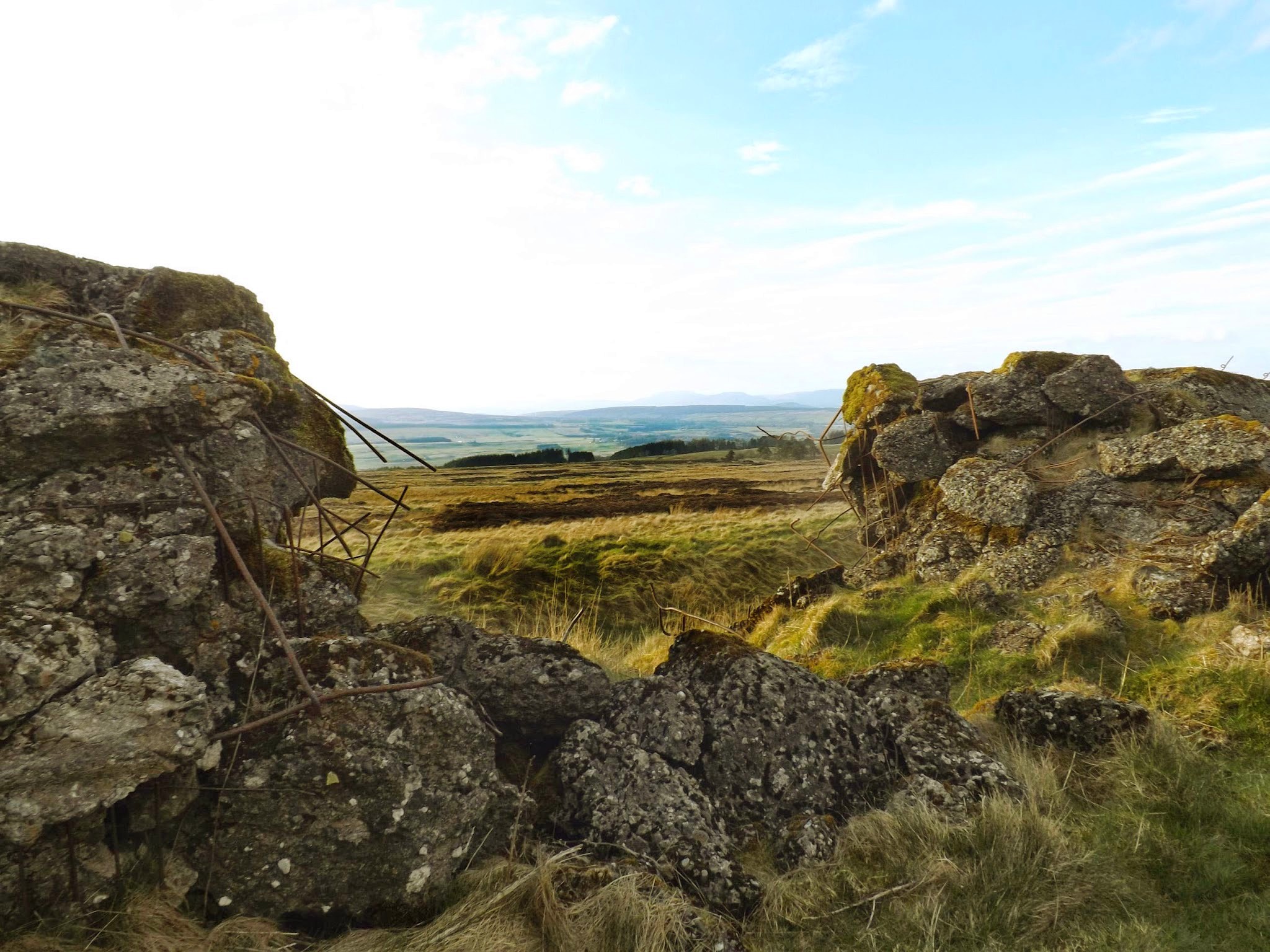 [Image: A replica of the Nazis’ Atlantic Wall defenses in Scotland; photo via
[Image: A replica of the Nazis’ Atlantic Wall defenses in Scotland; photo via  [Image: A replica of the Atlantic Wall in Scotland; photo via
[Image: A replica of the Atlantic Wall in Scotland; photo via  [Image: A replica of the Atlantic Wall in Scotland; photo via
[Image: A replica of the Atlantic Wall in Scotland; photo via 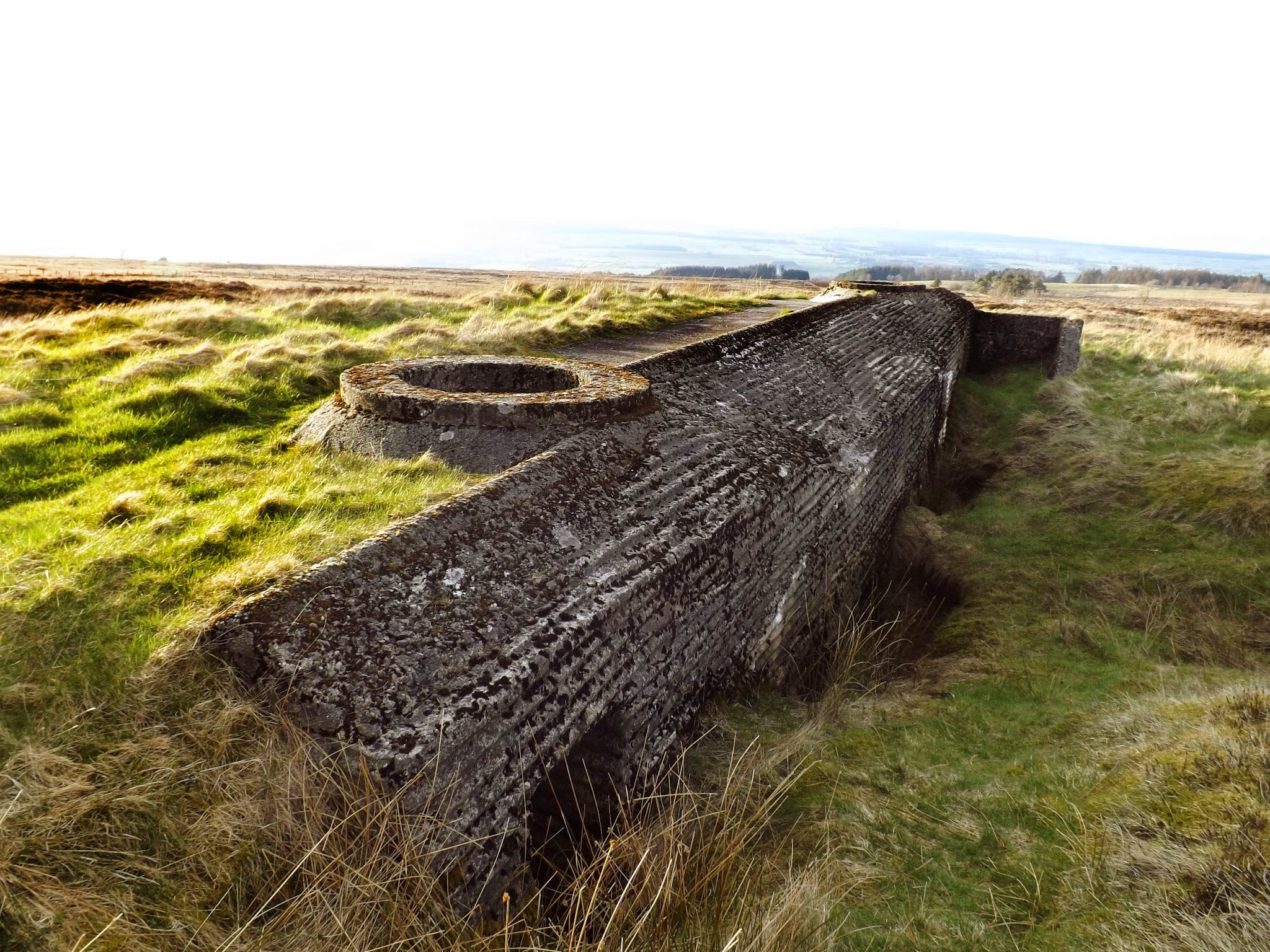 [Image: A replica of the Atlantic Wall in Scotland; photo via
[Image: A replica of the Atlantic Wall in Scotland; photo via 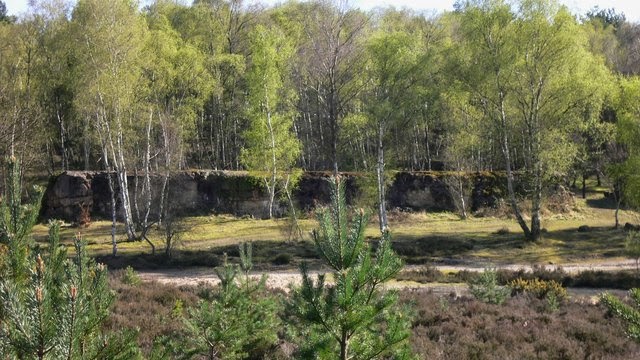
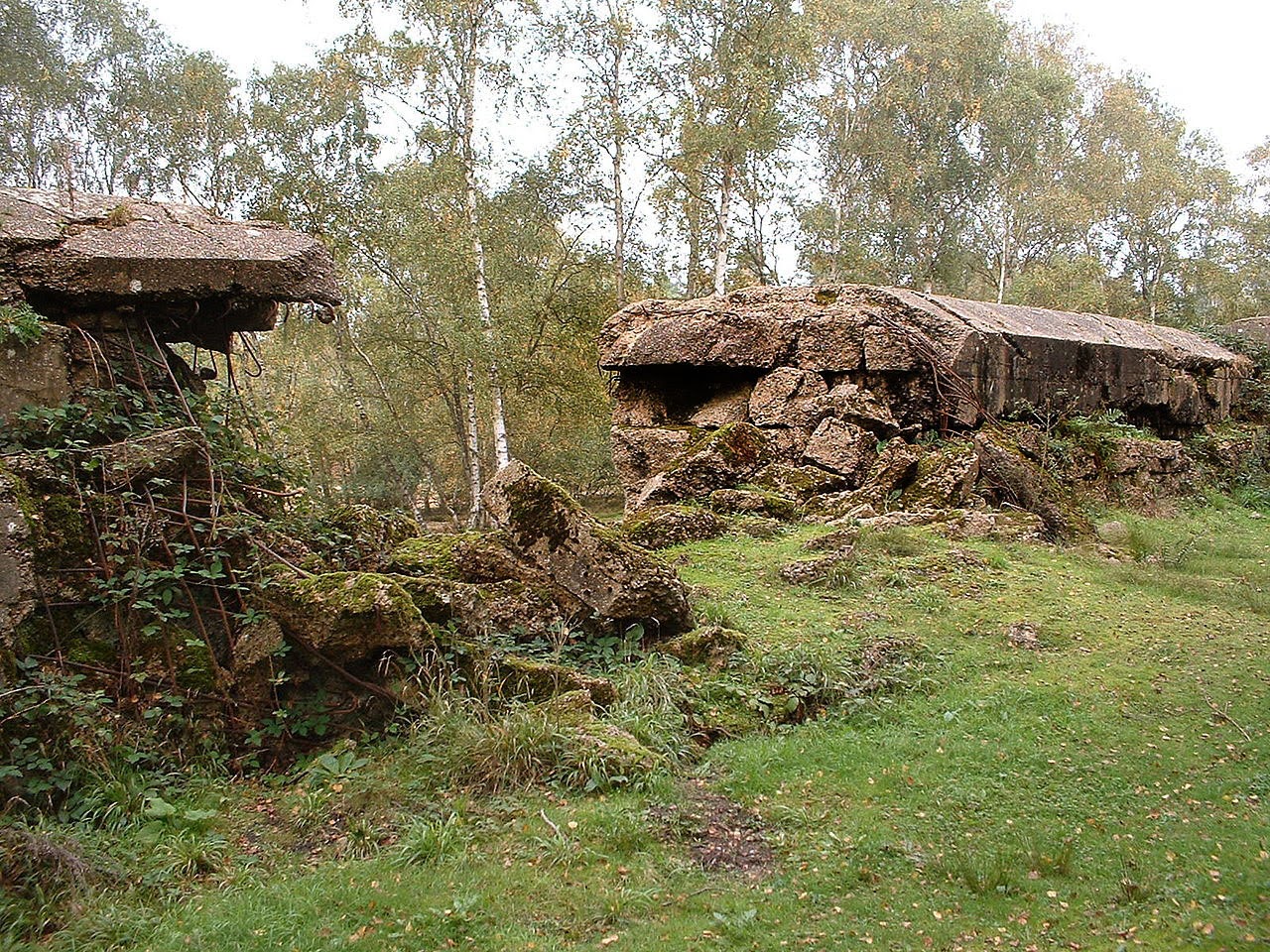
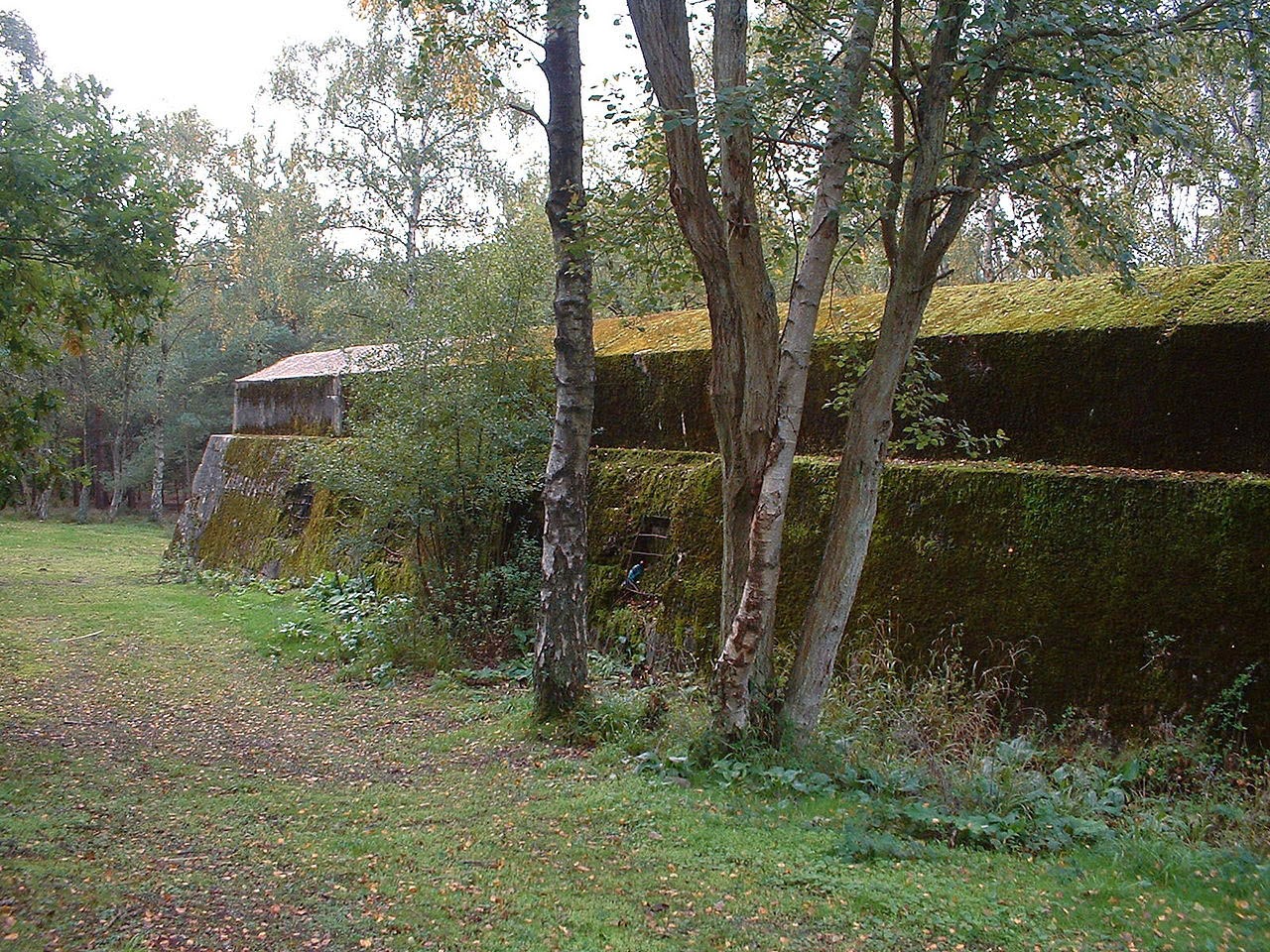
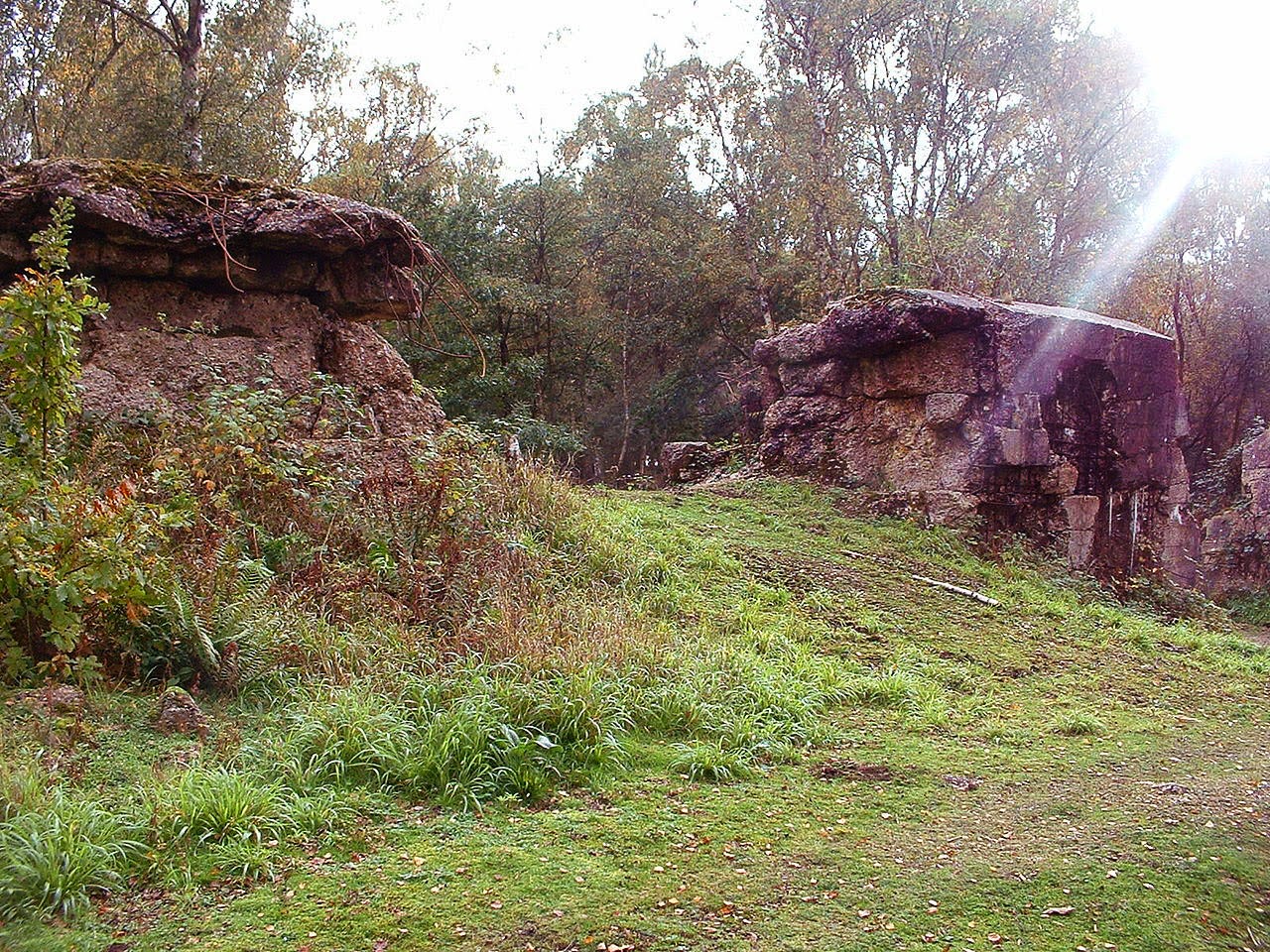 [Images: An Atlantic Wall replica in Surrey; top photo by
[Images: An Atlantic Wall replica in Surrey; top photo by